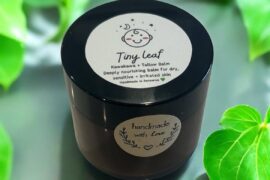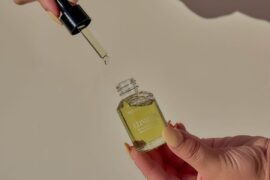One cycle through the washing machine with a polyester fleece jacket produces up to 250,000 synthetic microfibers.
If you live in an urban area, you might think that’s fine, because your wastewater treatment plant will take care of it.
After all, wastewater treatment plants are generally very effective and can remove about 98% of plastic fragments in our wastewater.
But they can’t filter out all the microfibers. In fact, most of them will slip through the fine mesh and end up in our oceans, rivers and streams, only to be ingested by marine life or float around in the water where they are freakishly good at attracting and bonding with toxins.
Which means, even if I could get around the manufacturing evils from fleece and devote myself to second-hand purchases, it’s not good enough. In fact, older fleeces release 80% more microfibers than newer ones.
Unlike other natural fabrics like wool, hemp and cotton (each with their own set of environmental impacts, I’m sorry to say), fleece doesn’t have a good end-of-life option.
Synthetic fabrics, like my beloved fleece jumper, are not biodegradable. Which means it will undoubtedly end up in a landfill someday.
For now, I corralled my family’s enormous pile of fleece jumpers, jackets, winter hats, mittens and am holding them hostage until I work out creative options for what to do with them that won’t necessitate a trip through the washing machine, donating them to a second hand store, or sending them to their grave in a landfill.
But until a better option comes along, I will hold firm. With so much harm to the environment at every stage, how can I call myself a green parent and continue to wear fleece?
Danielle Vick is an environmental copywriter who moonlights as the Green Living Detective, uncovering how our modern actions impact the environment. She lives in the high Rocky Mountains of the US with her husband and daughter. Follow her on Facebook or Pinterest.










